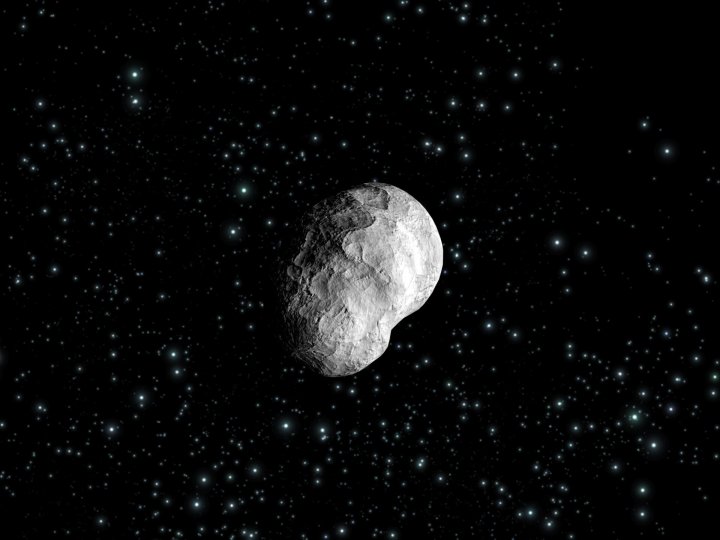With NASA’s DART mission recently succeeding in deflecting an asteroid from its course, you might think our planet is sorted when it comes to defense against incoming asteroids. But there are a whole lot of asteroids out there, and looking for potentially dangerous asteroids is an ongoing job.
According to the European Space Agency (ESA), there are now more than 30,000 known near-Earth asteroids in our solar system. A near-Earth asteroid is defined as one that comes close to the Earth at some point in its orbit, as many asteroids have highly elliptical orbits that bring them closer to the sun at some times than at others. Astronomers use a measurement called an Astronomical Unit (AU), which is the distance between the sun and the Earth, and near-Earth asteroids are those that come within 1.3 AU of the sun.

Not every near-Earth asteroid is a threat to the planet, as many are small enough that they would burn up in Earth’s atmosphere while others travel in a way that doesn’t intersect with Earth’s orbit. If an asteroid is larger than 460 feet in diameter and has crossed Earth’s orbit, it is classified as a Potentially Hazardous Object and will be monitored by astronomers.
But to decide which asteroids are potentially dangerous, they need to first be identified — and that is no easy feat. Tools like the ESA’S Gaia, a space-based observatory that is on a mission to map all of the stars in the Milky Way, can help by providing information on the background stars seen when looking for asteroids.
“Because of Gaia, we know more about the stars in the galaxy which act as a backdrop to asteroid observations,” explained Tineke Roegiers, community support for the Gaia mission, in a statement. “Asteroid’s positions are obtained against these background stars, so the better one knows where the stars are, the more precisely the orbits of asteroids can be computed.”
Once an asteroid has been spotted, it needs to be observed multiple times to determine its orbit and see if it will come close to the Earth. “Of course, any asteroid discovered near Earth qualifies as a near-Earth asteroid, but many are found far from home,” said Marco Micheli, astronomer at the ESA’s Near-Earth Object Coordination Centre. “New objects are observed over time, their movements are studied, and with just a handful of data points from different nights, their future positions can be predicted. Depending on the number and quality of observations, this can extend decades, even hundreds of years into the future.”
If you feel like you hear more about dangerous asteroids today than you used to, it might seem as if the threat from the skies is growing — but in fact, we’ve just gotten a lot better at spotting them.
“The good news is that more than half of today’s known near-Earth asteroids were discovered in the last six years, showing just how much our asteroid eyesight is improving,” said Richard Moissl, the ESA’s head of planetary defense. “As this new 30,000-detection milestone shows, and as new telescopes and methods of detection are built, it’s only a matter of time until we’ve found them all.”



